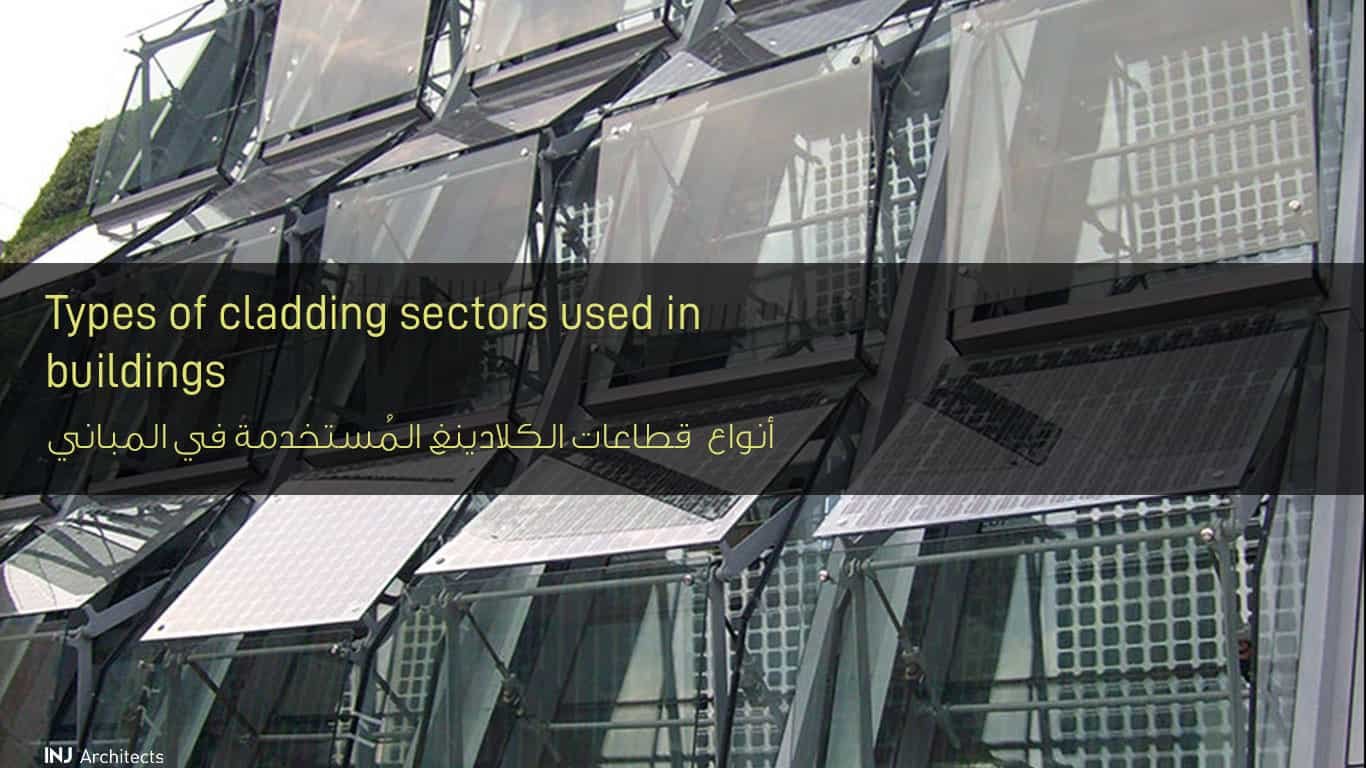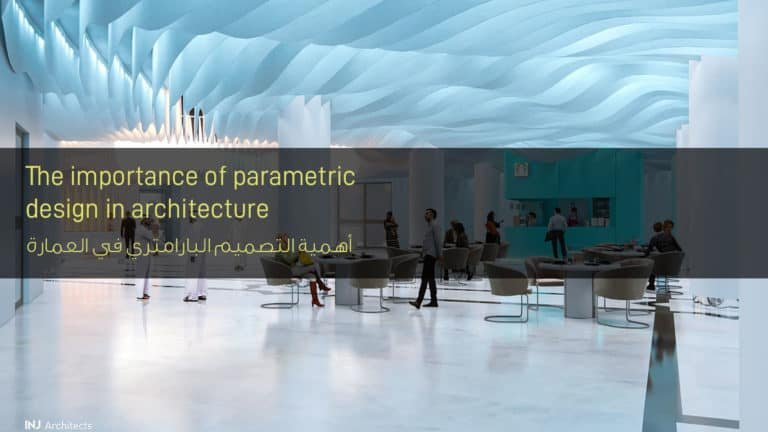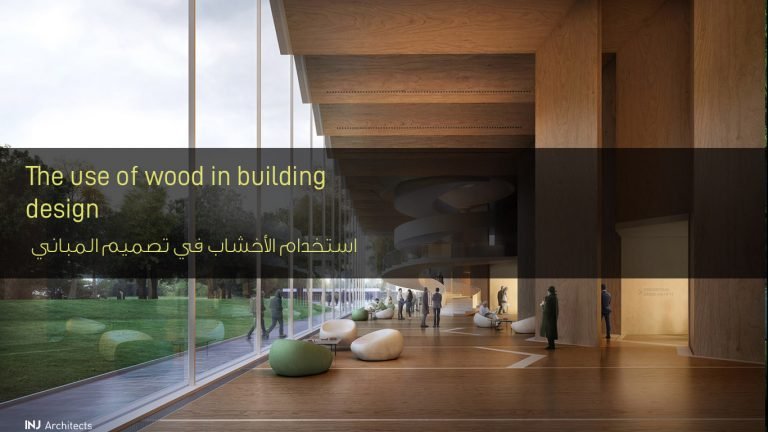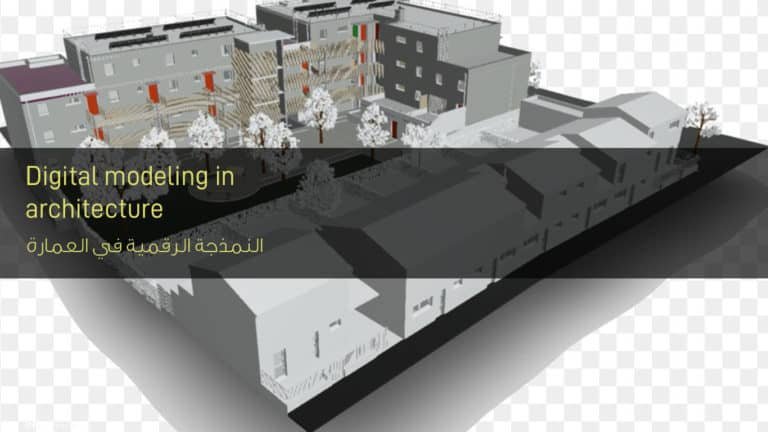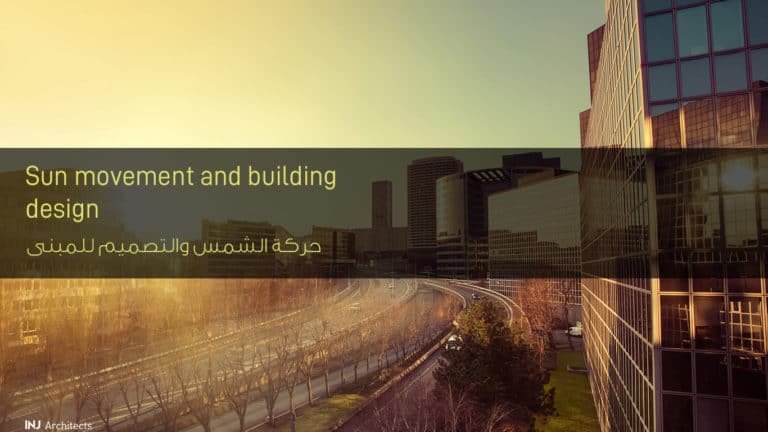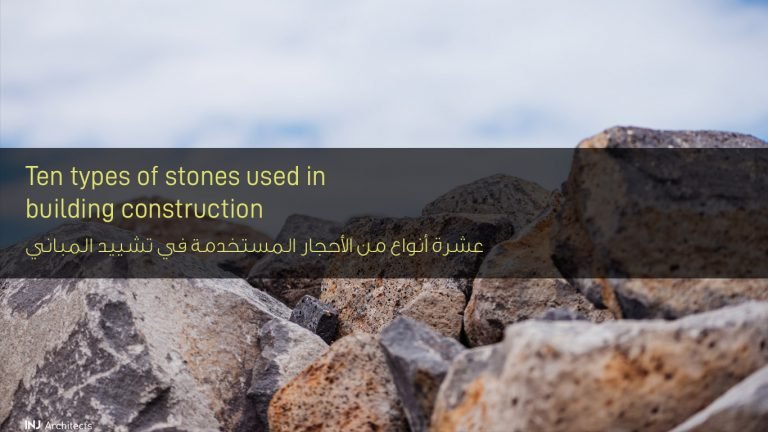Types of cladding sectors used in buildings
Types of cladding sectors used in buildings
Types of Cladding Sectors Used in Buildings Cladding sectors: They are panels made of aluminum, including polyethylene, or some plastic material, and are used to cover the external surface of the building or the destinations of the stores. Cladding sectors are installed on special molds and choppers made of iron or aluminum.
Types of cladding used in construction:
- Cladding has normal paint.
- Cladding has a fireproof coating.
- Cladding is nano-coating.
- Cladding has a nano coating and is fireproof.
Cladding sectors have different fish and aluminum layers on which there are many fish and the size is determined according to the place in which it is used and according to the customer’s need.
The length of the cladding strip is 244 cm and the width of the strip 122 cm.
– The thickness of the cladding plate starts from 4 mm, and the thickness of the aluminum layer is 0.4 mm.
Advantages of cladding sectors:
- Cladding cutters have a smooth surface and are easily cleaned with water.
- Covered with foil to protect the cladding sectors from any scratch or damage.
- The foil layer with cladding segments is covered with a layer of plastic in order to keep its colors and remain stable over long periods of time.
- It is characterized by being easy to cut, reshape, rewind and make rotations as it is flexible and easy to measure.
- It is characterized by being water and dust resistant and not affected by weather conditions from storms and dust.
- Cladding layers of various colors and designs to suit all tastes of customers.
- The Cladding sectors are creative, modern and highly elegant.
- Cladding sectors are considered to be better price than competing alternative products used.
- Cladding gives beauty and luxury to where it is used.
- It can be cleaned using newspaper easily.
- Cladding has a long shelf life and does not change from time to time like the paints used in its place.
- No breaks appear when installed, giving it a better aesthetic look.
The specifications that should be found in the Cladding sectors:
- The sector should be composed of two layers of aluminum, including an insulating layer of polyethylene.
- The outer aluminum layer shall be coated with anti-corrosion and shall have a luster.
- The insulating material between the two layers should be of low density and light weight, and can withstand temperatures up to 105 ° C.
- The thickness of the aluminum must be between 0.3 and 0.5 mm.
- Cladding layers contain polymer adhesive tape, which has strong adhesion and great heat resistance.
Methods of installing cladding sections:
- Fixing the cladding sections on special aluminum layers.
- Fix the panels to the iron molds that are fixed to the building.
Cladding uses:
1- Cladding sections are used on the directions of the buildings, and this is done in the following stages:
– An iron frame works on the front where the cladding is to be installed, as it works to install the cladding more safely and increase its shelf life.
Cutting cladding boards according to the required sizes and forming them according to the required design, and this is done through some special metal tools to make artistic production of good quality and sound standards.
The adhesive layer is removed from it and fastened to the panels.
2- Cladding sections are used in building interiors.
Types of cladding used in building exterior facades:
- Cladding sections in the form of cladding stones, and this type is manufactured from natural or industrial stones and these stones are pressed to make them in one thickness and a small density to facilitate installation on the outer neighbor.
- Cladding sectors in the form of a wood covering: This type is made of wide wood slats and is well pressed, and people prefer it because it is a strong sound insulation.
- Cladding sections of metal are made of aluminum metal, and they are light in weight and easy to install, clean and color.
Also browse: Types of awnings and mounds and the risk of compromise in their installation | Follow us on Twitter

